Can a pan-Inuit dialect ensure Inuktitut’s survival across the North?
IQALUIT, Nunavut; NUUK, Greenland – When Edna MacLean, a renowned Inuk linguist, took the podium at a language conference in Iqaluit this year, over 200 Inuit from Canada, the United States and Greenland were listening in the audience. Some of the Arctic’s most highly-skilled translators were on hand. But despite their collective fluency in at least three Inuit-language dialects: Inuktitut, Inuinnaqtun and Greenlandic, and a working knowledge of several others, it still wasn’t enough.
MacLean began her talk in Inupiaq, an Inuit dialect spoken in northern Alaska. But the interpreter translating the speech into English soon stumbled on a word.
A nearby translator whispered a suggestion: “Grandparents.”
The original interpreter spoke back into the microphone: “And also my grandparents,…”
But the translation soon trailed away again. The next time the interpreter’s voice came through the audience’s ear pieces, it wasn’t with a translation, but with an apology.
“Sorry,” the interpreter said. “We’re not understanding her language.”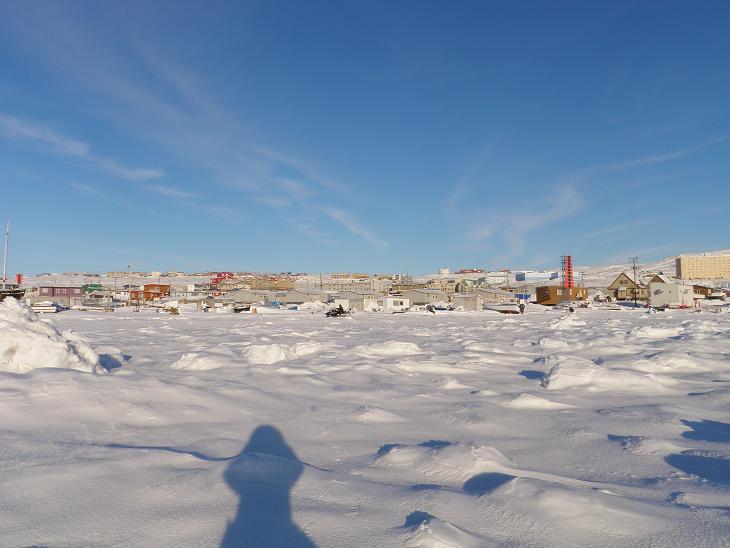
‘Happy’ vs. ‘Terrified’
Approximately 150,000 Inuit live across the circumpolar North in Canada, Alaska, Greenland and Russia. They share the same traditions, oral history and what is essentially the same language. But the dozens of different writing systems and dialects are often mutually unintelligible – not only between Inuit in different countries, but also between Inuit who live in neighbouring communities within the same region.
‘Aliasuk’ may mean ‘happy’ in Nunavik, Quebec, but 800km away in Igloolik, Nunavut, aliasuk means you’re downright scared.
Lingua franca of the Arctic? English
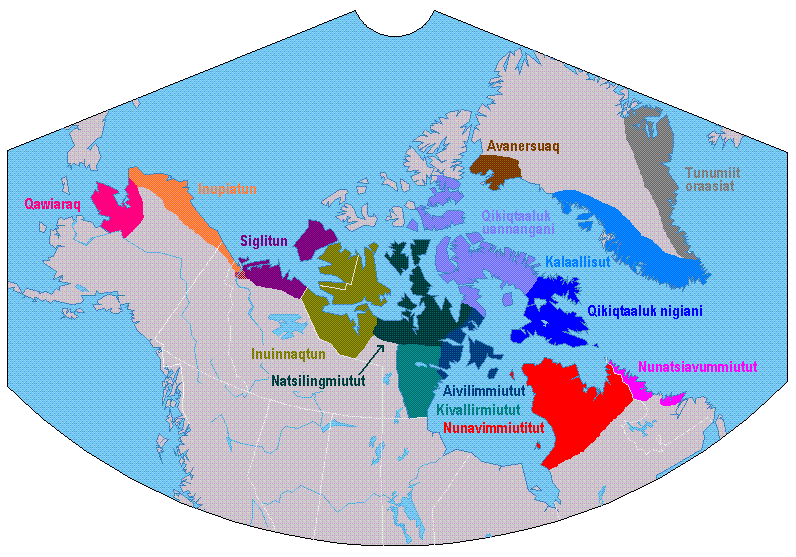 Even Inuit linguists disagree on how many dialects there actually are and how to define them. In Canada, alone, there’s Inuktitut, Inuinnaqtun, Natsilingmiutut, Inuttut, Inuttitut … The list goes on and on.
Even Inuit linguists disagree on how many dialects there actually are and how to define them. In Canada, alone, there’s Inuktitut, Inuinnaqtun, Natsilingmiutut, Inuttut, Inuttitut … The list goes on and on.
That means Inuit from different regions often must use English to speak with each other.
Inuit language experts want to change that. They’re proposing a standard Inuit language and writing system that could be used and understood all across the Arctic.
They say standardization would increase the language’s use in day-to-day life, help protect traditional culture from the ravages of climate change and give Inuit increased cultural and political clout on the world stage.
Jose Kusugak, a former educator and prominent Inuit leader from Rankin Inlet, Nunavut, calls the need for different dialect interpreters at international Inuit meetings ‘absurd.’
He’s given numerous speeches around the world asking that a common dialect and writing system be decreed within a year. His position is controversial to some but he says he has no regrets.
“I used to shy away from making those kind of remarks,” Kusugak says. “But I’m old enough now to develop a thick skin and say ‘Pick a damn dialect!'”
Inuit language under threat
After Inuit regions of the Arctic were colonized by Europeans, many Inuit were expected to assimilate into western culture. They were discouraged, and in many places punished, for speaking their own language. Though Inuit are gaining increased political autonomy, European or North American culture still dominates most Arctic regions. Not only are fewer and fewer young people fluent in an Inuit dialect, but many can’t speak or understand one at all.
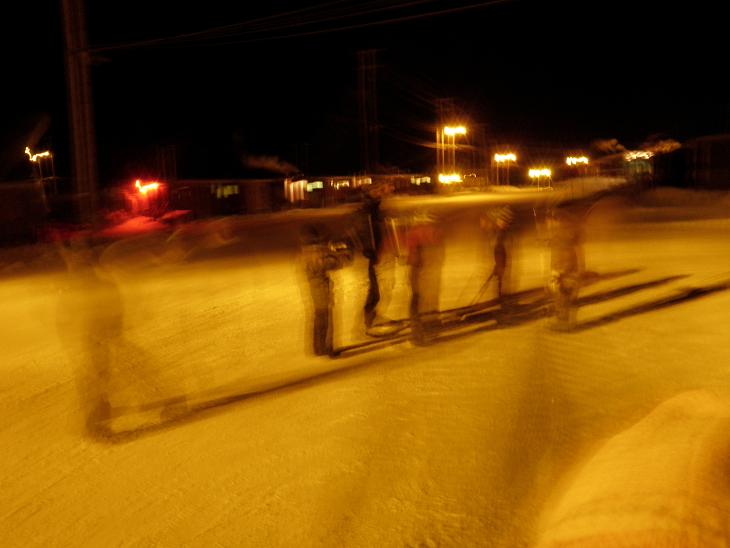 Educators and politicians in the North are working to reverse these trends in their own territories, but the situation remains precarious. The different dialects and writing systems make sharing books and educational curriculum almost impossible.
Educators and politicians in the North are working to reverse these trends in their own territories, but the situation remains precarious. The different dialects and writing systems make sharing books and educational curriculum almost impossible.
Can a ‘Queen’s Inuktitut’ turn things around?
Kusugak likens the erosion of the Inuit language, commonly referred to as ‘Inuktitut’ in Canada, to a cultural “tsunami” or “earthquake” that everyone knows is coming but that no one is doing anything about.
“If you develop a standard ‘queen’s Inuktitut’ there are certain fundamentalists of the Inuktitut language that will not be happy no matter what you say, so you have to accept that,” Kusugak says. “But I think we’re talking here about the survival of the language.”
Aqqaluk Lynge, a Inuk writer and poet from Greenland, is also the current chair of the Inuit Circumpolar Council, an organization that represents Inuit interests and rights on the international stage.
The shelves in his downtown Nuuk office are lined with books in Kalaallisut, an Inuit dialect referred to as Greenlandic in English. One after one, Lynge pulls books off the shelves and stacks them on a table. “Imagine if these could be read by Alaska, Canada and Siberian Inuit,” he says waving his arm dramatically.
“There is no one else in the United Nations or whoever that can save your language from dying, it’s you, yourself,” Lynge says later. “If the Inuit are not working together to have a solution on the writing system than none of our languages will survive. So it is important that we have this common orthography.”
Divided by distance and by missionaries
The Inuit were mostly a semi-nomadic people until the 1900s. Over millennia, they migrated from northeastern Russia across what is now Alaska, northern Canada and Greenland. The vast distances and geographical particularities of each region meant each group of Inuit, depending on where they settled, developed their own unique vocabulary, pronunciations and expressions.
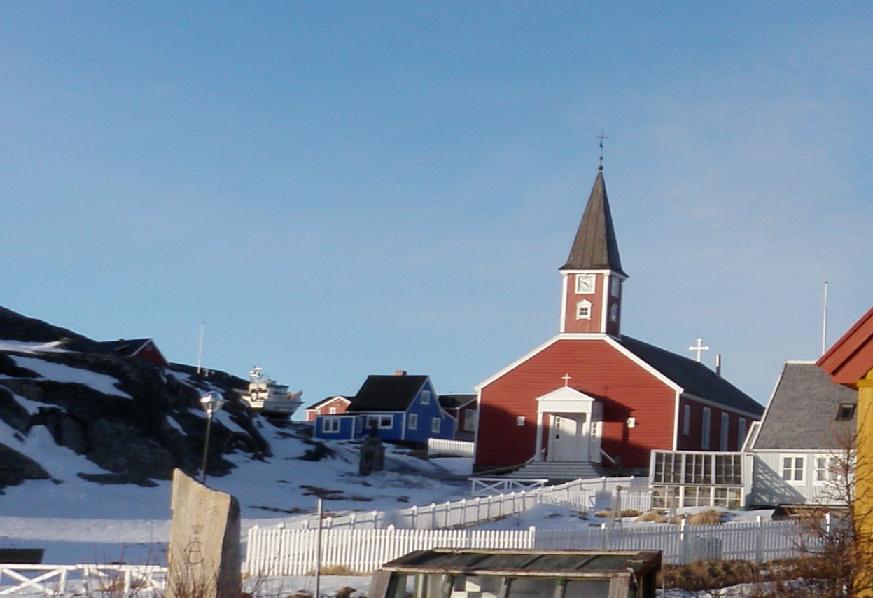 Things were further complicated when missionaries began arriving in the Arctic to convert the Inuit to Christianity. Catholic, Anglican and Moravian missionaries all used different orthographies. Some used roman letters and others used syllabaries, writing systems that employ symbols to depict syllables, to translate the Bible into local dialects.
Things were further complicated when missionaries began arriving in the Arctic to convert the Inuit to Christianity. Catholic, Anglican and Moravian missionaries all used different orthographies. Some used roman letters and others used syllabaries, writing systems that employ symbols to depict syllables, to translate the Bible into local dialects.
Edna MacLean, the linguist from Alaska, has been advocating for a standardized writing system since the 1970s. But there was little progress after she, and her fellow linguists, met public resistance.
“I wasn’t realizing that a writing system is a very emotional issue because it ties back to identity,” MacLean recalls. “Changing the writing in the Bibles, for many people, was akin to trying to change the word of God.”
Climate change reanimates standardization debate
But today, as climate change threatens ancestral hunting routes and traditional day-to-day life, MacLean thinks people are ready to consider how a common orthography would benefit Inuit culture.
“Climate change is going to affect our identification to the land, to the ocean, so with that erosion, there’s an erosion of how you establish identity,” MacLean says. “I think once people realize that a writing system is a tool for creating knowledge or for writing down knowledge, then they’ll see it as a tool for sharing information and hopefully, in a circumpolar arena, create a closer cohesion among the Inuit people of Alaska, Canada and Greenland as they begin to discuss some of these very important issues.”
‘Eskimos need not apply’
Simon Loevstroem, better known as Mooqqu, is an Inuk from Upernavik, Greenland. (Like many Greenlanders, he goes by an Inuit nickname rather than his Christian name.)
Mooqqu says he still remembers moving to Denmark in the 1980s to study acting and being told ‘you’re an Eskimo, you can’t go to theatre school.’
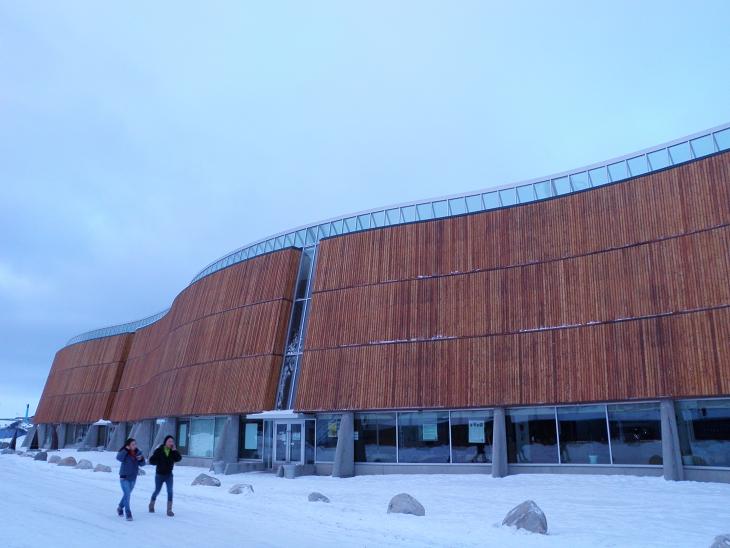 Mooqqu eventually did. But that experience fuelled his drive to tour the world with plays depicting everything from traditional stories to how environmental change is affecting Inuit culture in Greenland. He says he dreams of staging plays in a common Inuit language.
Mooqqu eventually did. But that experience fuelled his drive to tour the world with plays depicting everything from traditional stories to how environmental change is affecting Inuit culture in Greenland. He says he dreams of staging plays in a common Inuit language.
“I’m afraid for Inuit,” Mooqqu says. “Because now, with climate change, the big ships are going to sail through the Northwest Passage. I’m afraid they will kill our lifestyle.
“I think it’s very important to have this basic language for all Inuit. I have this idea that our lifestyle will still be there if our language is surviving. In day-to-day life, we Inuit in different regions don’t have much contact. But if we can make exchanges in language and in culture, we can survive.”
Standardization at what cost?
But some people disagree.
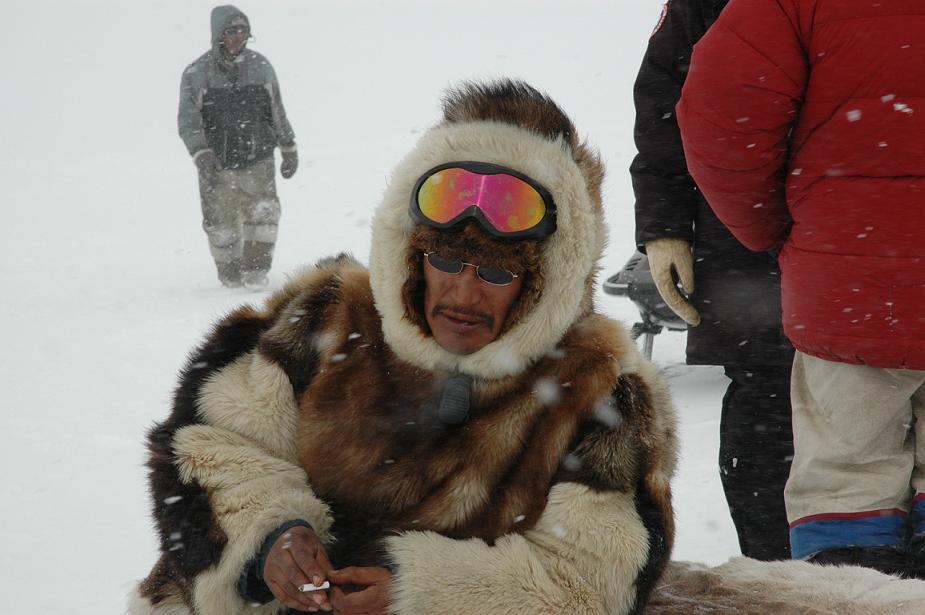 Zacharias Kunuk, an Inuk filmmaker from Igloolik, Nunavut, has been feted around the world for his Inuktitut-language films including Atanarjuat (The Fast Runner). It went on to win the Camera d’or award for Best First Feature Film at the Cannes Film Festival in 2001. Kunuk says his success proves Inuit can be successful using their own dialects, whatever they may be.
Zacharias Kunuk, an Inuk filmmaker from Igloolik, Nunavut, has been feted around the world for his Inuktitut-language films including Atanarjuat (The Fast Runner). It went on to win the Camera d’or award for Best First Feature Film at the Cannes Film Festival in 2001. Kunuk says his success proves Inuit can be successful using their own dialects, whatever they may be.
“If we’re going to stand out promoting Inuit culture, we should not be looking to Alaska for help or to Greenland for help, we should be doing it ourselves,” Kunuk says. “In my line of work we do all-Inuktitut audio, even in feature films. When we send it out to the world, they just subtitle it to Japanese, Portuguese, Spanish, French and English and we’re at the same playing field.”
Kunuk says the standardized Inuit-language writing system proposed by linguists could even weaken Inuit identity, not strengthen it.
“I know we’ll do a lot of battles in our own territory about this,” Kunuk says. “All the heavy hitters like Jose Kusugak are talking about the roman orthography, but when I look at the Roman orthography, I just see English letters. I’m thinking if we’re going to show our identity is that the way to go? I think we should go with syllabics.”
‘A bitter pill to swallow’
Others in the Arctic are worried about how a standardized language would affect the longevity of some of the smaller, struggling dialects.
Language authorities in Nunatsiavut, the Inuit autonomous governing territory in the Atlantic Canadian region of Labrador, agree. According to the 2006 Canadian government census, only 27 per cent of the region’s 2,160 Inuit said they could converse in Inuttut, the region’s principal dialect. The Nunatsiavut government has implemented an aggressive 50-year plan to revive the dialect and people in the region say they can’t imagine working on a common Canadian Inuit dialect, let alone a pan-Inuit one.
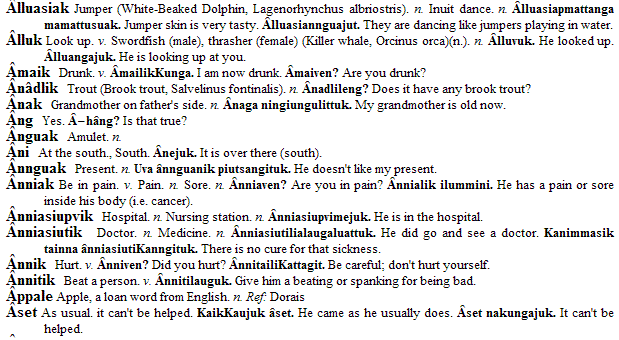 “I can see the advantages of standardization for things like literature and curriculum development,” says Toni White, language program co-ordinator for the Nunatsiavut government. “But to be the generation to agree to that would be a bitter pill to swallow. Standardization would jeopardize everything we’re trying to do here. How could that be justified to our people?
“I can see the advantages of standardization for things like literature and curriculum development,” says Toni White, language program co-ordinator for the Nunatsiavut government. “But to be the generation to agree to that would be a bitter pill to swallow. Standardization would jeopardize everything we’re trying to do here. How could that be justified to our people?
“We’re only one generation away from the extinction of Inuttut and we have to save our dialect first. ”
Which dialect do you chose and who gets to decide?
But for many experts, the solution to this controversial question lies in Greenland, a self-governing region of the Kingdom of Denmark with approximately 55,000, mostly Inuit, inhabitants.
For many years, Danish was the dominant language here in government, business, education and technology.
But by the 1970s, a standard Greenlandic dialect and writing system had been developed and made official. Oqaasileriffik, the Greenlandic language secretariat, was also set up to authorize new Greenlandic terminology and usage. Though local dialects are still used in the home, the majority of Greenlanders write, read and speak the standard language.
This has paved the way for a thriving Greenlandic arts scene that includes modern literature, experimental theatre and pop music, something not seen in other Arctic areas.
Hip-hop in Greenlandic
Don Maliko, 19, a rapper living in Aasiaat, Greenland, says if he rhymed in anything other than Greenlandic, he’d bomb.
“I won’t rap in other languages and I can’t imagine a Greenlandic man or girl rapping in other languages because they won’t sell records,” he says. “We’re used to it that way.”
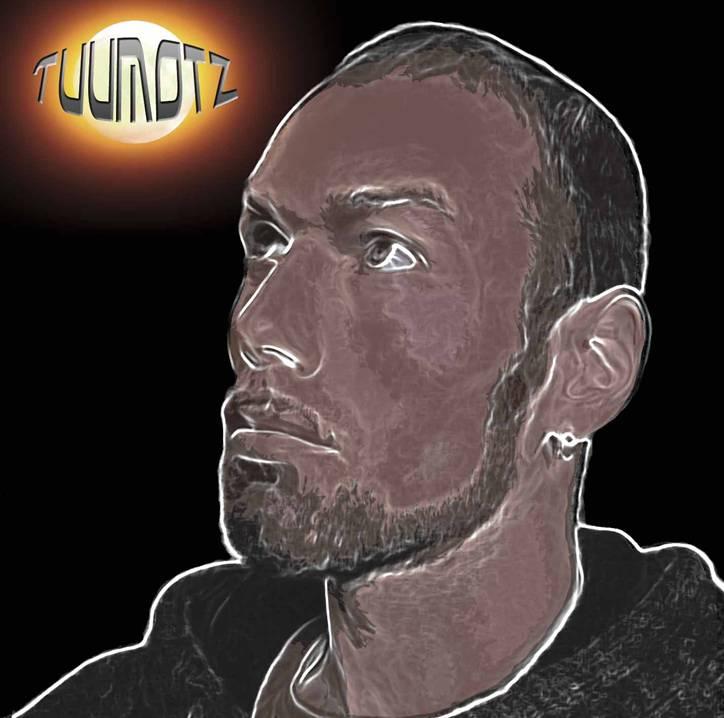 TuuMotz, 37, a solo-artist and founding member of Nuuk Posse, Greenland’s first hip-hop group, agrees. Though fluent in English and Danish, he says it never crossed his mind to launch his socially-conscious rap career in anything but Greenlandic.
TuuMotz, 37, a solo-artist and founding member of Nuuk Posse, Greenland’s first hip-hop group, agrees. Though fluent in English and Danish, he says it never crossed his mind to launch his socially-conscious rap career in anything but Greenlandic.
“It’s such a powerful language and I’m so grateful to be able to speak it,” he says. “Why do I rap in Greenlandic? (Greenlanders) are the people I want to talk to, to live in this country with and build a future with for our youngsters to come… That’s why.”
Attitudes like these are why Inuit language experts think Greenland is a model for what’s possible across the circumpolar world.
‘You cannot impose a language’
Carl Christian Olsen, who goes by the name Puju, heads the Greenlandic Language Secretariat. He points out that though the standard language was based on West Greenlandic, linguists incorporated terminology from other dialects as well. This approach worked for Greenland without threatening regional dialects. A pan-Inuit writing system could follow the same model, he says.
“You can not impose a language,” he says. “It’s very easy for the linguists to create a common writing system but we have to have the backing of the public. It’s a democratic responsibility.
“But Inuit have a common cultural heritage. The old stories are the same, the jokes are sometimes the same. We could start, not by focusing on the differences, but by focusing on what the dialects have in common, and from that point on, we can develop something that might be viable. ”
‘A rose by any other name …’
Jose Kusugak, the Inuit leader from Nunavut, agrees, citing one of his favourite Shakespeare quotes: …’that which we call a rose. By any other name would smell as sweet.’
The word mother-in-law has negative connotations in English, Kusugak points out, almost the complete opposite of how Inuit perceive the word.
“Mother-in-law in Inuktitut is sakkik. The connotation is that you’re loved by your mother-in-law,” Kusugak says. “If you can take that essence, so what if you use an ‘h’ so it’s hakkik instead of sakkik with an ‘s’? I think as long as people understand that the word carries the essence, the connotations of the word, it doesn’t really matter what dialect it is.”
Still dreaming of a common language
Mooqqu, the theatre director from Greenland, says the challenges of creating a pan-Inuit language seem insurmountable but that he hopes that the work of people like Kusugak, MacLean, Puju and others, leads to standardization within his lifetime.
” The United States, Canada, Denmark and Russia are fighting to get the North Pole and we Inuit are such a small people,” Mooqqu says. “But my dream is to be together as a nation and a common language might be a first step.
“I think it may be just a dream, but still, a dream can sometimes be.”
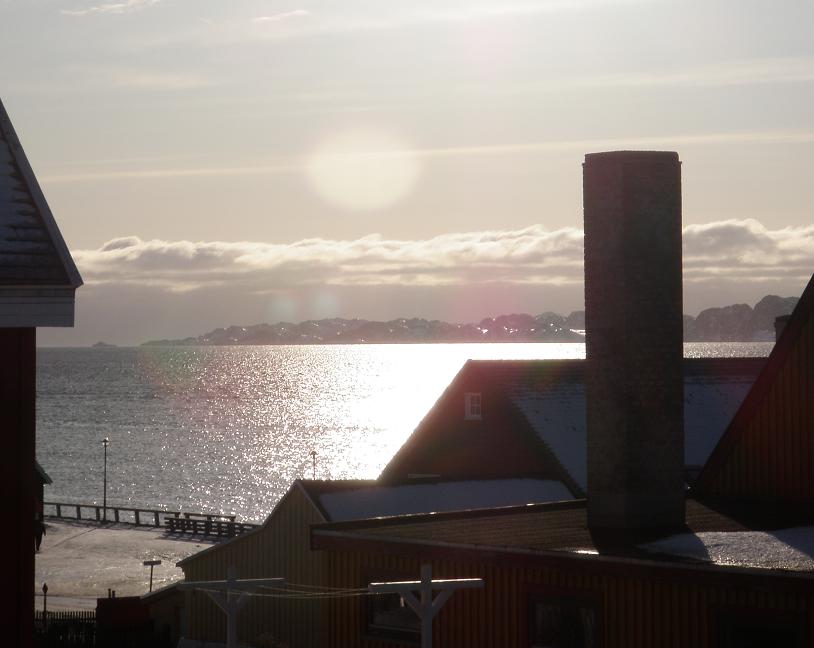

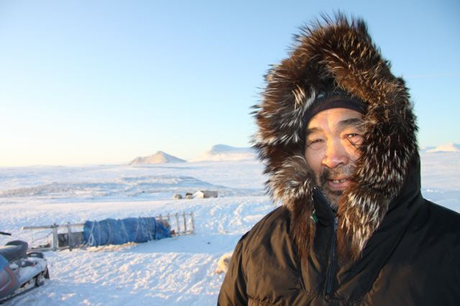
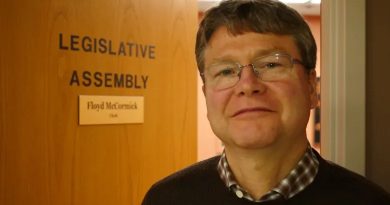
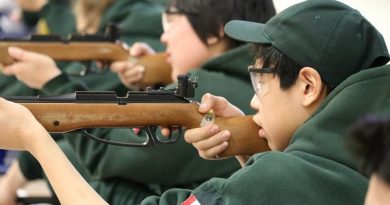

Great article. love the attempt to show both sides. What this article doesn’t do though is display that Greenland’s decision to standardize at the time was when both technology and means of communications were slower.
Our printers are now amazing because we can print in any form we’d like as a means to express ourselves. this wasn’t possible when Greenland made this decision.
Communications abroad can now happen at the press of a button. When Greenland decided, it was not the case. The internet now allows us to express ourselves much quicker.
I agree with Zach and Nunatsiavut, we don’t need to standardize to maintain our language.